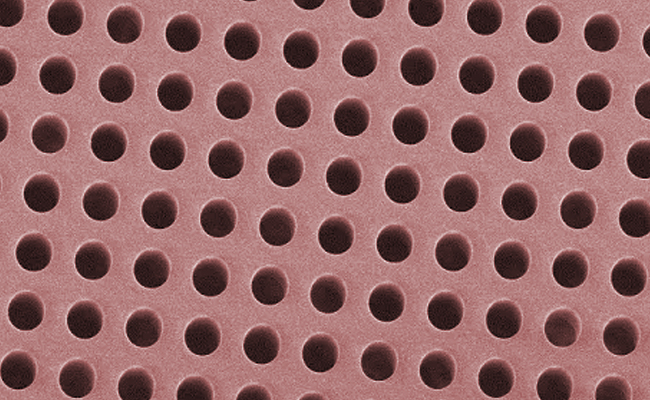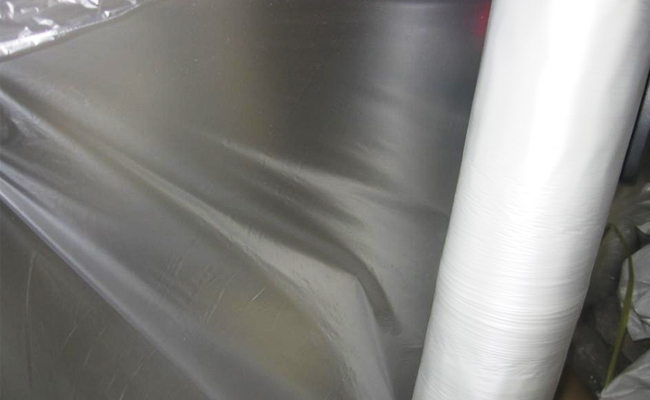首页 > NEWS > Industry News
【summary】
Laser drilling technology has a very high precision in film processing, and can achieve micron-level or even smaller aperture control. Specifically, for common film materials such as PET, BOPP, and PE, the minimum aperture can reach less than 0.01mm, and for thinner films (such as 20um PET film), the minimum aperture can even reach about 0.005mm. This high-precision processing capability makes laser drilling technology widely used in film processing that requires micro-pore structures.
Laser drilling technology has shown high precision, high efficiency and wide application potential in film processing, but there are also some defects that need attention. The following is a detailed explanation of these aspects:
Laser drillingPrecision
Laser drilling technology has very high precision in film processing, and can achieve micron-level or even smaller aperture control. Specifically, for common film materials such as PET, BOPP, and PE, the minimum aperture can reach less than 0.01mm, and for thinner films (such as 20um PET film), the minimum aperture can even reach about 0.005mm. This high-precision processing capability makes laser drilling technology widely used in film processing that requires micro-pore structures.

Laser Drilling Efficiency
The efficiency of laser drilling technology in thin film processing is also remarkable. First of all, laser drilling is a non-contact processing method, which avoids the mechanical stress and damage that may be caused by traditional processing methods, thereby increasing the processing speed. Secondly, laser drilling can be combined with a computer control system to achieve fully automated drilling. The operator only needs to set the drilling parameters on the computer console to start the laser drilling machine for automatic drilling. This automated production method not only simplifies the operating process, but also greatly improves production efficiency. In addition, the laser drilling machine has a fast cooling speed, stable equipment performance, and can run continuously for a long time, further improving the processing efficiency.

Laser DrillingDefects
Although laser drilling technology has many advantages in thin film processing, there are also some defects that need to be noted. First, the hole depth and hole depth-to-diameter ratio of the laser drilling machine are both limited. This means that in some processing scenarios that require a deeper hole diameter or a specific hole depth-to-diameter ratio, laser drilling may not meet the requirements. Secondly, the recondensed raw materials and their discharges during the laser drilling process may appear on the upper edge of the hole, which may affect the quality of the drilling. In addition, although the holes drilled by the laser have a certain degree of smoothness, in some occasions where extremely high requirements are placed on the surface quality, subsequent processing may be required.
In summary, laser drilling technology has significant advantages in thin film processing, such as high precision and high efficiency, but there are also some defects that need attention. In practical applications, it is necessary to select appropriate processing methods and process parameters according to specific processing requirements and material properties in order to give full play to the advantages of laser drilling technology and overcome its defects.
| Free solutions/free proofing 13710252340
Previous: Possibilities and challenges o